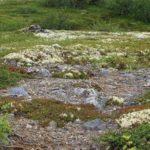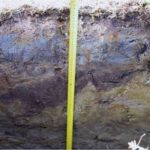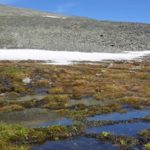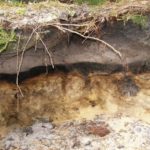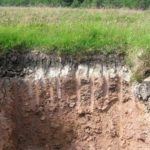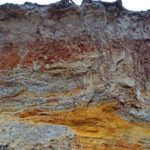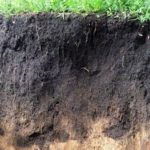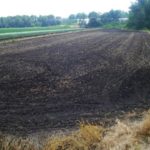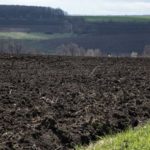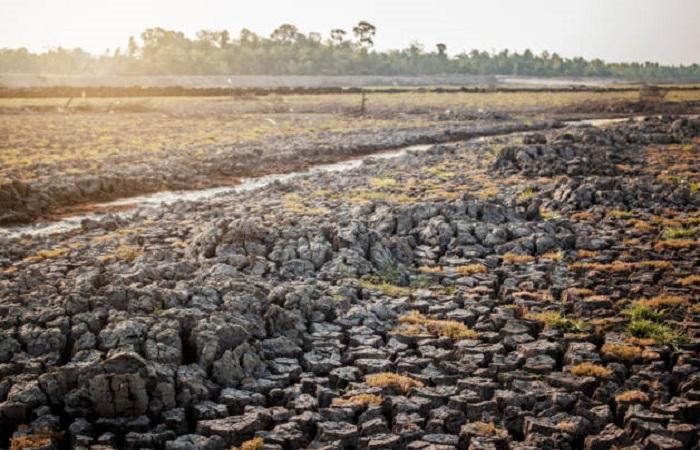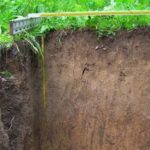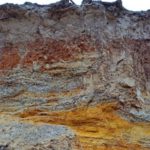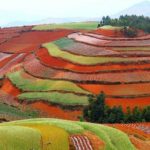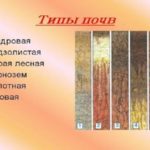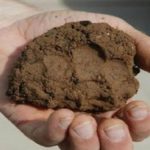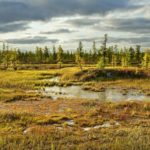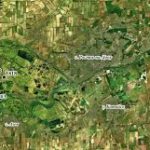Soil is a special natural body that is formed on the earth's surface as a result of the interaction of living and inanimate nature. Fertility is considered a key characteristic of soil. It is due to the presence of humus or humus in the composition. At the same time, scientists identify several zonal soil types that differ significantly in this parameter.
What are zonal soil types and their classification?
More than a hundred years ago, the famous soil scientist V.V. Dokuchaev noticed that the main types of soil are located in accordance with the special principle of latitudinal zoning.Each type of soil has certain characteristics. They differ in composition and degree of fertility. This factor should definitely be taken into account when engaging in agriculture.
Tundra-gley
The soils of the Far North are frozen almost all year round. For a short period they thaw literally a few tens of centimeters. This provokes waterlogging of the soil. A special thin type of soil is formed there. They are known as tundra-gley and have specific characteristics.
Below the upper horizon there is a bluish-gray or greenish-gray layer. Sometimes it contains rusty spots - a gley horizon. It is also simply called glue. It is formed during prolonged or constant waterlogging. This is also caused by a lack of oxygen in the soil structure. Under such conditions, manganese and iron compounds are in the oxide form. This determines the hue of the horizon.
Tundra-gley soil types contain minimal amounts of nutrients. The volume of humus in their structure is 73 tons per 1 hectare. This type of soil is characterized by weak microbiological activity.
Podzolic soils
Such soils are formed under coniferous forests. They are located on the East European Plain. This type of soil is also found on the West Siberian Plain. In these places, the volume of precipitation exceeds the process of evaporation.
Some of the compounds accumulate in the B horizon, which has a compacted and rusty tone.In the humus horizon A1, the massiveness of soils and humus reserves increase gradually. This happens from north to south.
The volume of humus in this type of soil is 99 tons per 1 hectare. They contain small amounts of nutrients but contain a lot of moisture. With proper application of fertilizers and quality care, such soil can produce a good harvest.
Chernozems
These are the richest humus soils in Russia. They form under herbaceous plants and are found in steppe and forest-steppe zones. The structure of chernozems contains a humus horizon of great massiveness - 0.4-0.8 meters. It is characterized by a black color.
On top of the horizon there is steppe felt, which includes traces of herbaceous plants. Transition horizon B is located under the humus horizon. It is characterized by a heterogeneous black-brown color.
Horizon B is gradually transformed into soil-forming rock - C. These zones are characterized by the same evaporation from the surface and the same annual amount of precipitation. However, it weakens from north to south. Therefore, in conditions of insufficient soil saturation, soils cannot be washed.
Such soil includes many valuable components. The humus content in chernozems reaches 426-709 tons per 1 hectare. However, they do not always contain enough moisture. It is on chernozems that the bulk of wheat is grown. They are also suitable for growing sugar beets, sunflowers, and corn. With proper irrigation or artificial moisture retention, chernozems produce excellent yields.
In what direction does soil change occur?
The law of horizontal soil zonation was formulated by V.V. Dokuchaev. Its essence lies in the fact that important soil-forming factors naturally change from north to south.Therefore, zonal soil types successively replace each other. Thus, they are located on the earth's surface in the form of latitudinal stripes.
Each natural zone is characterized by certain types of soil. However, their latitudinal location may be disrupted by differences in relief and soil-forming rocks. This parameter is also influenced by the proximity of the ocean.
The main zonal soil types and their locations are shown in the table:
| Natural area | Soil type | Peculiarities |
| Arctic deserts | Arctic | Characterized by scarcity and low power. |
| Tundra | Tundra-gley | They are characterized by low power and contain a minimal amount of nutrients. Such soils are of low agricultural value. |
| Taiga | Podzolic | They are characterized by a poor humus horizon. At the same time, podzolic soils are distinguished by a thick underlying horizon, which is similar in color to ash. Heavy precipitation washes the upper horizon, removing humus from it. |
| Mixed forests
|
Sod-podzolic
|
They are considered moderately fertile. At the same time, the humus level gradually increases. This type of soil is characterized by significant leaching. |
| Broadleaf forests
|
Gray forest
|
They are distinguished by a thick humus horizon and are considered quite fertile. This zone is characterized by significant plant litter. |
| Hard-leaved evergreen forests and shrubs
|
Brown, gray-brown
|
The level of organic matter in the upper horizon is more than 5%. |
| Forest-steppe and steppe
|
Chernozems | They are considered the most fertile types of soil. They are characterized by significant plant litter and weak leaching. Chernozems are distinguished by a thick humus horizon. |
| Dry steppes
|
Chestnut | The thickness of the humus horizon reaches 20-50 centimeters. Such lands are considered the most fertile. |
| Semi-deserts
|
Brown
|
Contain a minimal amount of humus. |
| Deserts
|
Gray-brown
|
Includes little humus. |
| Savannah
|
Red-brown
|
They are considered relatively fertile. During periods of precipitation, significant leaching of nutrients occurs. During the dry period, incomplete decomposition of plant litter occurs. |
| Constantly wet and variable-wet forests
|
Red, red-yellow ferrallite | They are characterized by low fertility. The soil contains iron compounds. That is why they have a reddish tint. It also contains aluminum compounds. Organic matter in the soil does not completely decompose. In addition, this type of soil is characterized by strong leaching. |
Zonal soil types are diverse. They are characterized by different composition and properties. Depending on this, the degree of soil fertility also changes. These features should definitely be taken into account by people involved in agriculture.

